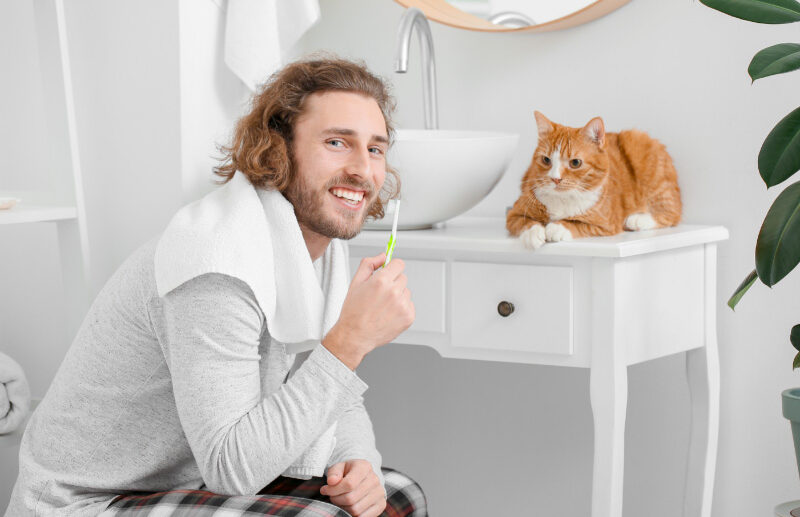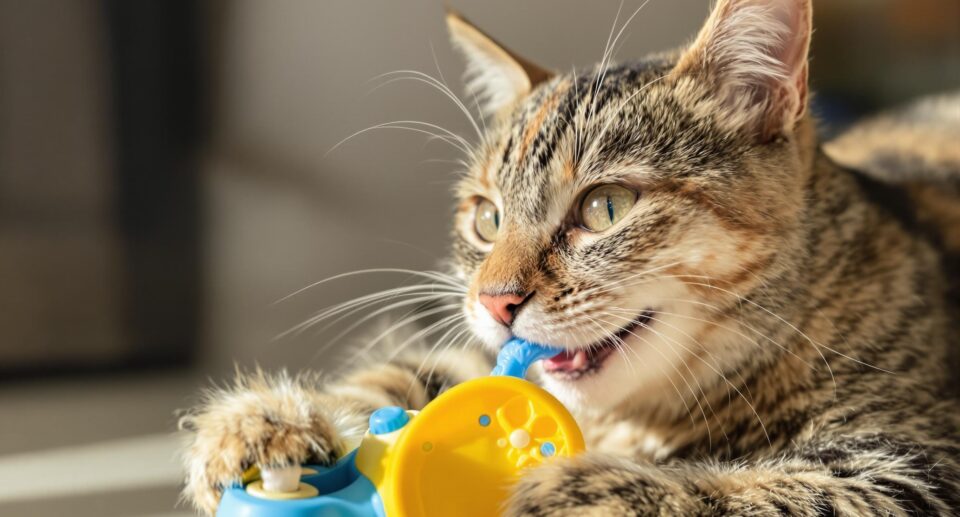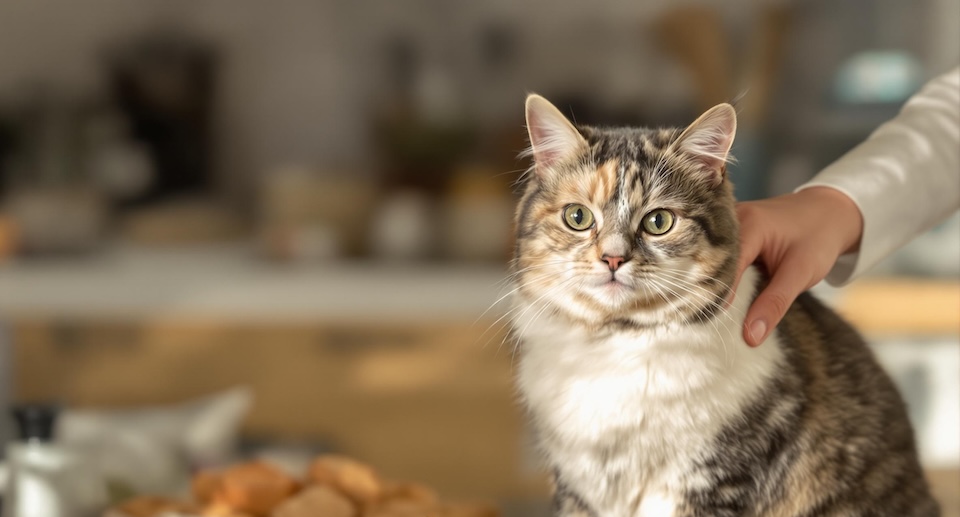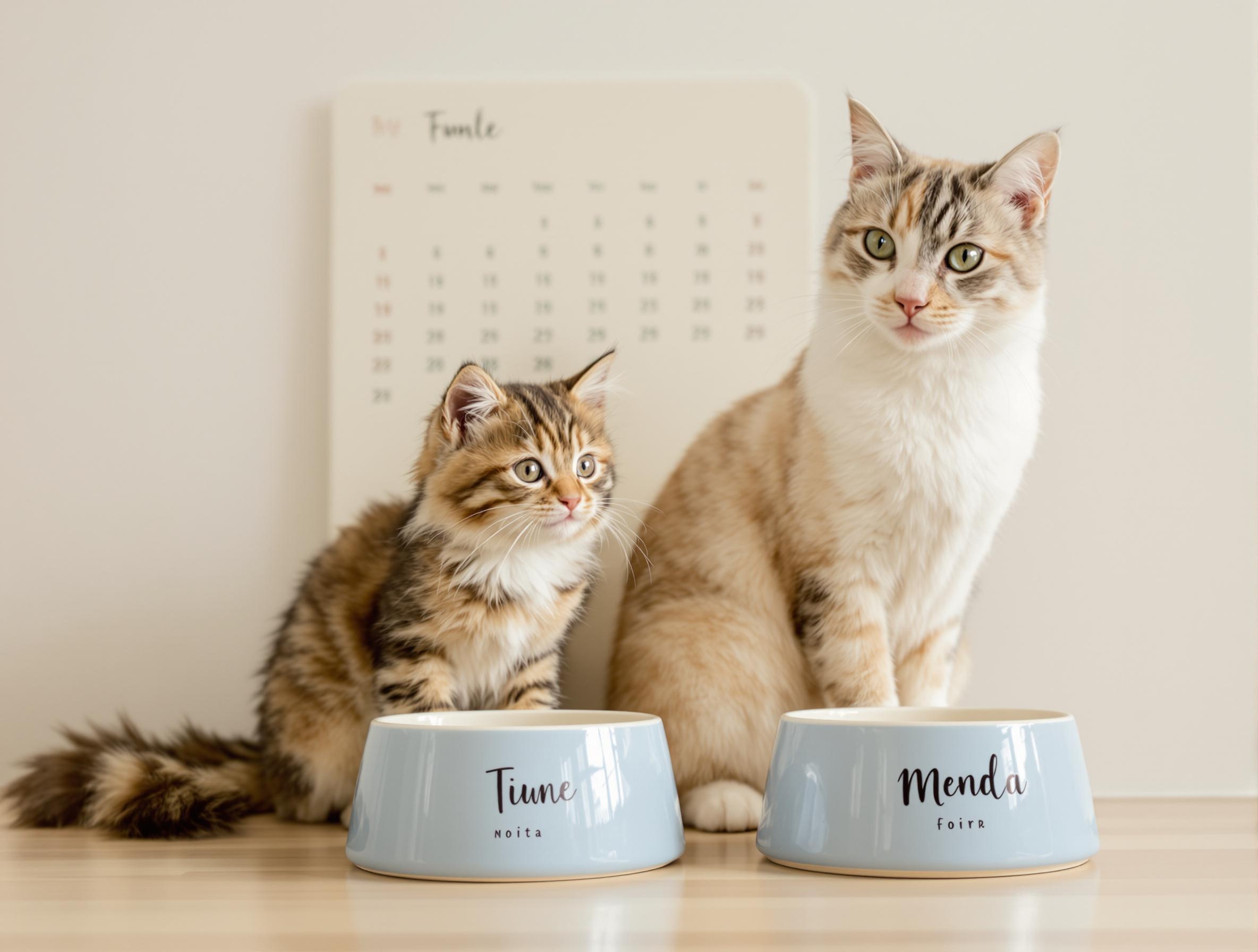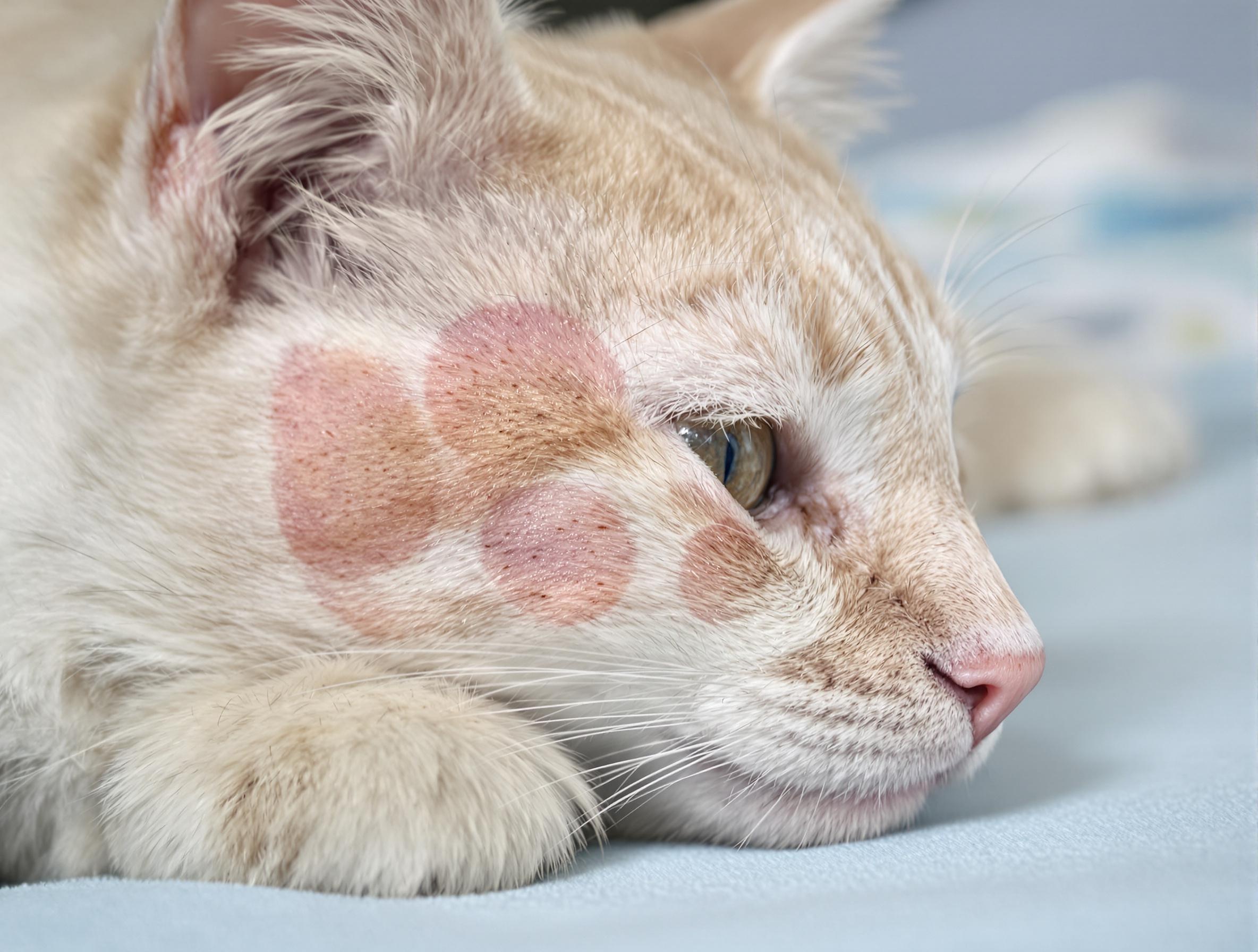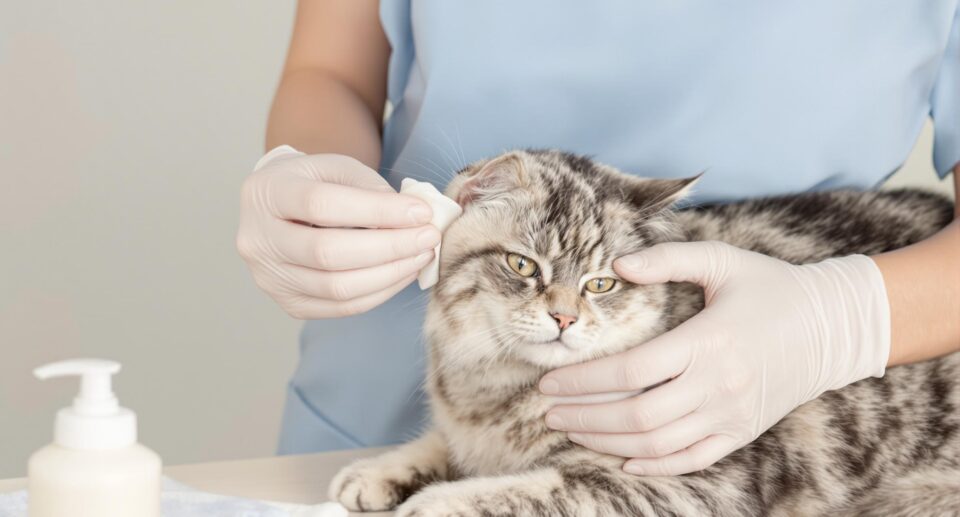
Cats have a tendency to explore everywhere, including the outdoors. This curious behavior increases the chances they can contract ear mites or other ear hitchhikers. Your cat’s ears are an ideal breeding ground for small mites or parasites because the ear hair allows a location to build nests and a food source (such as blood) within reach. Ear parasites will generally increase your cat’s need to consistently scratch. This will only irritate the ear lining. Continued scratching can also lead to blood blisters.
Common signs your cat may have an ear problem include:
- Hearing loss
- Bleeding
- Black or yellowish discharge
- Persistent scratching
- Sensitivity to touch
- Head tilting
- Loss of balance
- Redness or swelling
- Dark brown wax buildup
- Unpleasant odor
To determine if there is a problem, we recommend performing regular ear checks on your feline.
Start by checking the outer ears for any redness, irritation, or discharge. Next, check your cat’s inner ears. Gently pull the ears backward and look inside. You may notice an unusual buildup of wax or black flakes. If you see a large amount of black flakes, your cat may have a mite or flea infestation. The black flakes are commonly known as “flea dirt,” which is actually the fecal matter of the fleas.
Before cleaning your cat’s ears, gently pick up your cat and wrap him or her in a towel. This will give you control of your cat in the event that he or she tries to escape or scratch you. Use a cotton ball dampened with a specially formulated ear cleansing solution to gently wipe the outer ear. Repeat this process with a new cotton ball on the opposite ear. Remember to be gentle since your cat will likely already be anxious during this process.
Rewarding your cat with a treat can help him or her make a positive association with routine ear care, likely reducing his or her anxiousness during future cleanings.

